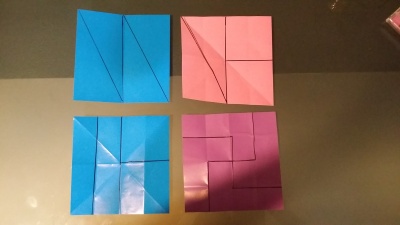Newspapers are great resources for teaching mathematics. Pupils can be made to see how mathematics is relevant in real life from the authentic contexts presented in newspapers.
Here are some suggestions from my students of how newspapers can be used in a mathematics lesson:
- Comparing numbers (Primary 1-5; Depending on the magnitude of the numbers)Quote from article in the Straits Times (Online, 16 Feb 2015)
“Before last year’s uptick in marriages involving at least one Singapore citizen, such marriages had fallen from 23,192 in 2012 to 21,842 in 2013.”Gladys suggested that pupils could be asked to compare the numbers of babies born or the number of marriages in different years.
- Presenting information in tables / graphs (Primary 4)

Leela made use of the TV Guide and suggested that pupils be asked to calculate the amount of time allocated for each type of programme for each channel. The information can be presented in tables and graphs so that pupils can compare the different channels easily.
- Calculating Percentage Discounts (Primary 5) In teaching percentage, Melody made use of advertisements in the newspapers. The advertisements she found showed the original price and the sale price of household products. Pupils are asked to calculate the percentage discount given using the original price and the sale price.
- Calculating Percentage Increase (Primary 6) Quote from article in the Straits Times (Online, 6 Jan 2016)
“Dengue cases rose sharply at the end of last year. The week of Dec 27 to Jan 2 saw 455 cases – the highest for the year and 86 more than in the previous week.”Based on this quote, teachers could pose the question “What was the percentage increase in the number of dengue cases in the week of Dec 27 to Jan 2”?
There are many more ideas of how newspapers can be used to teach in this website: nieonline.com. Have fun exploring. 🙂


